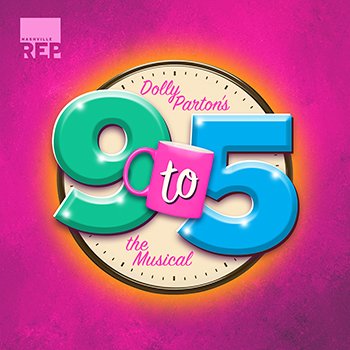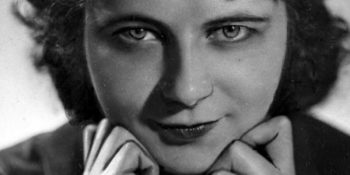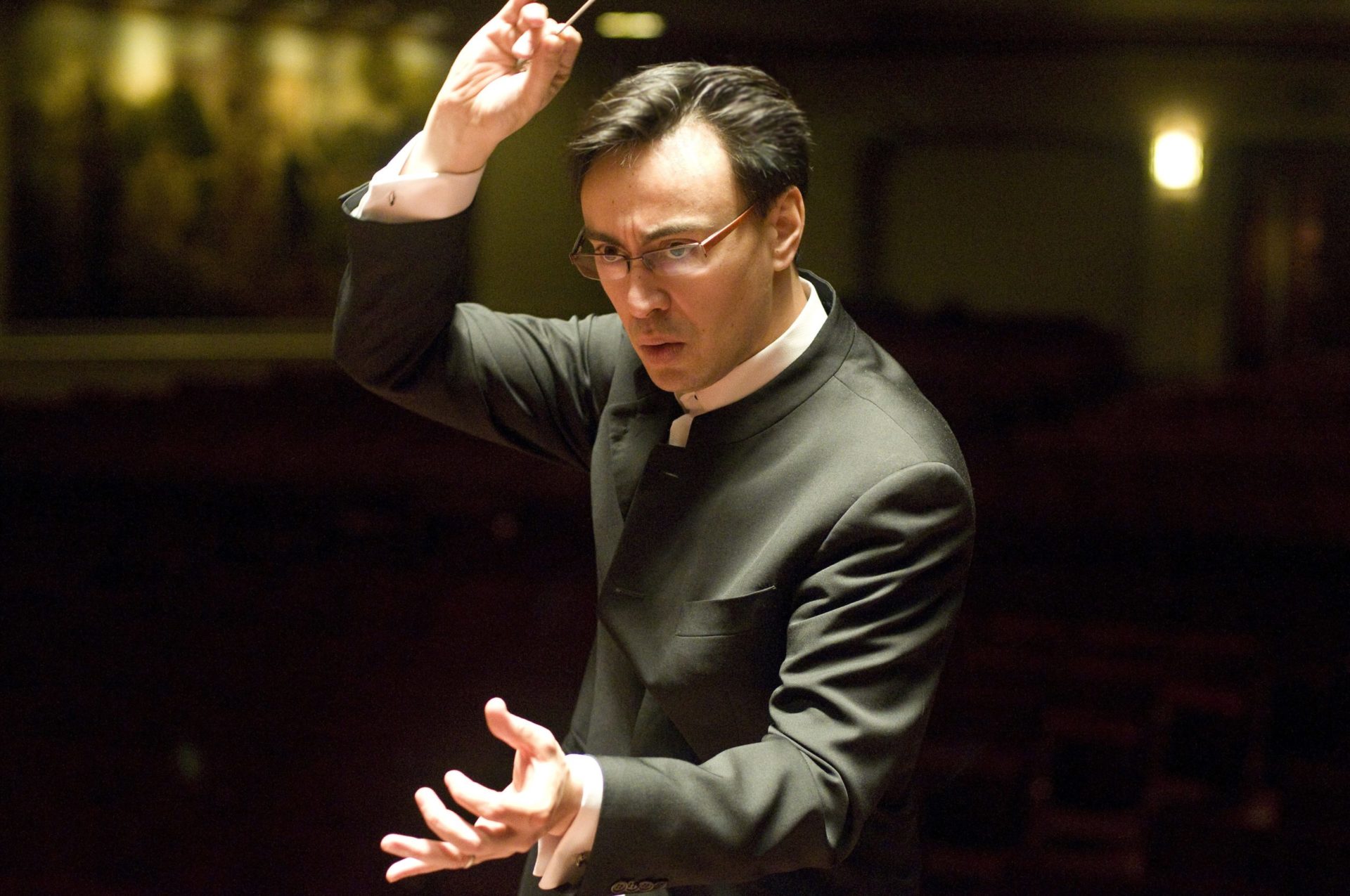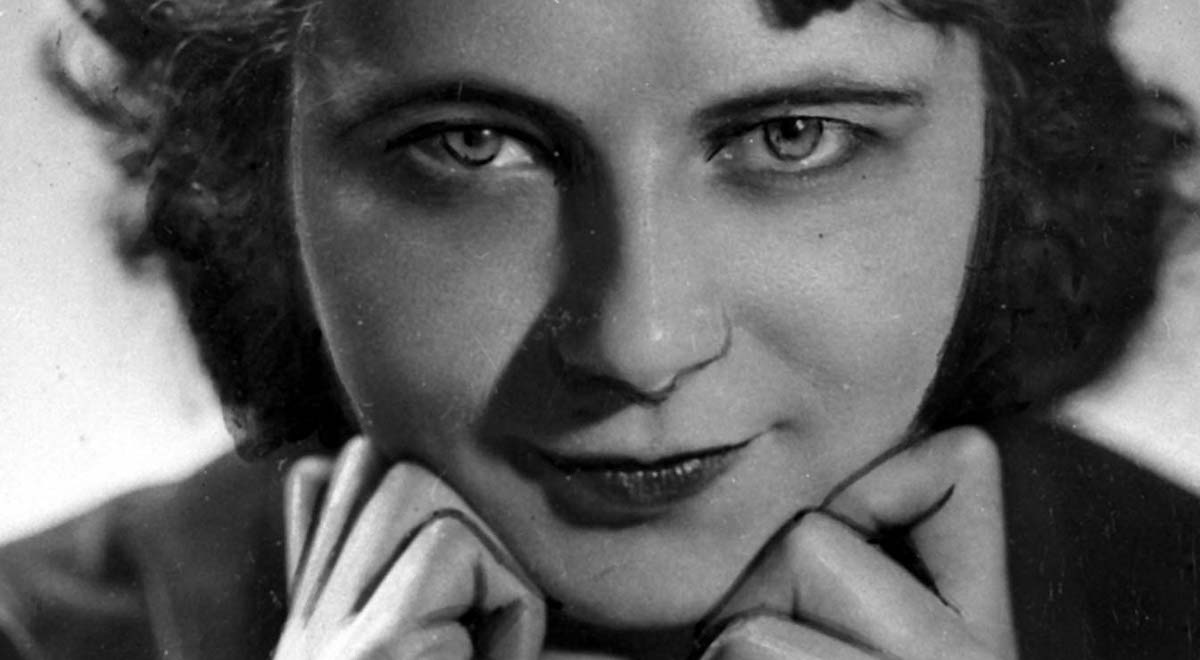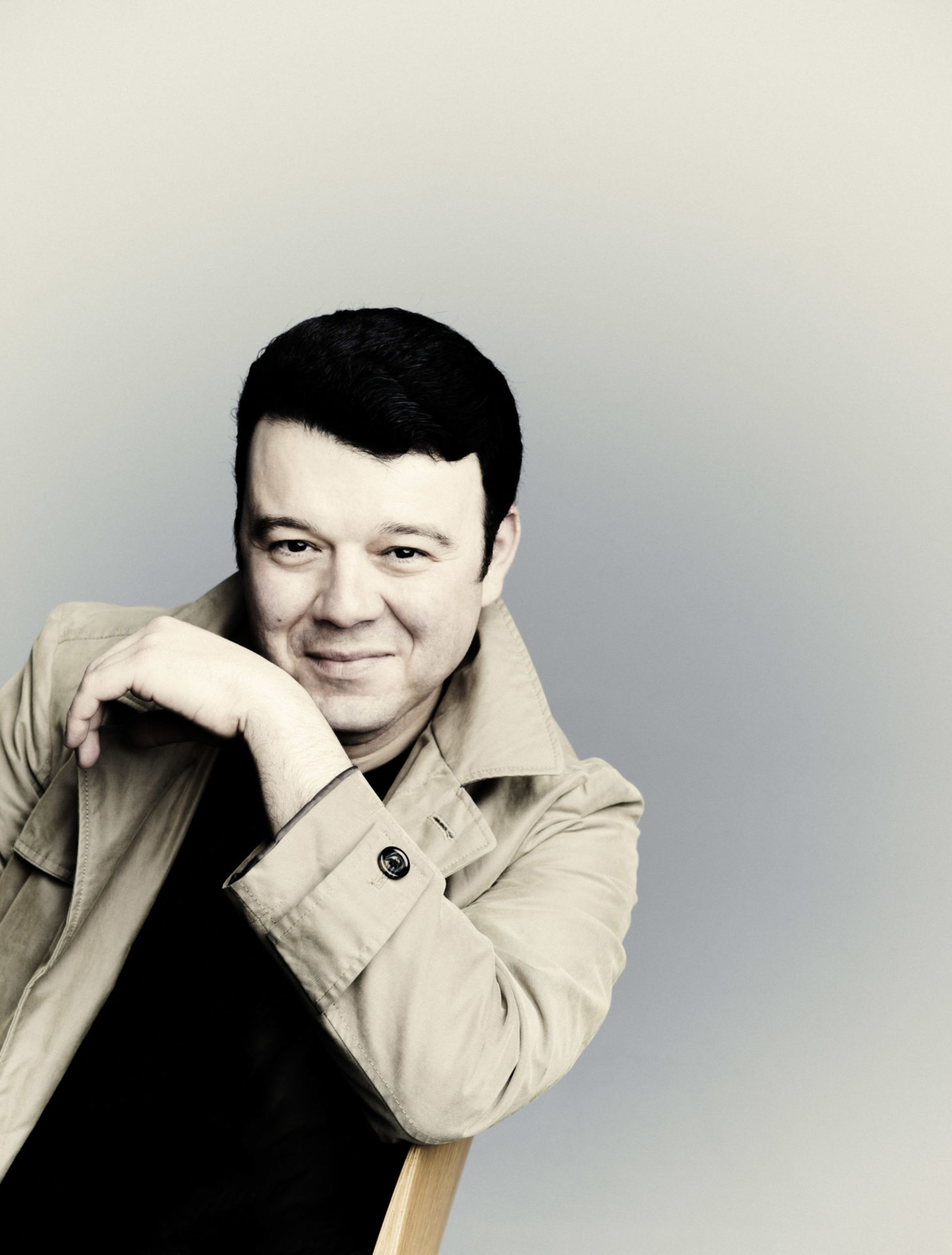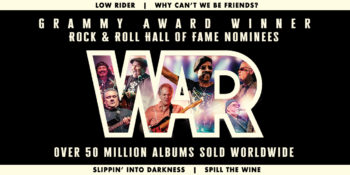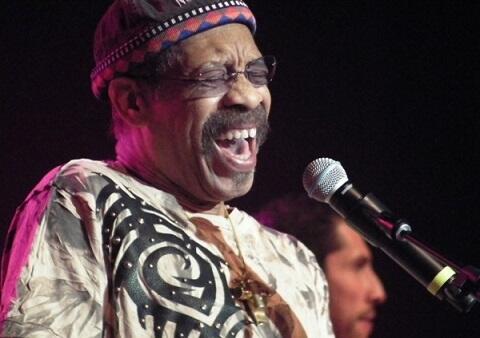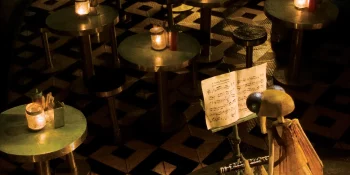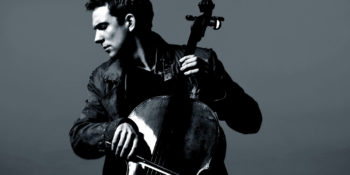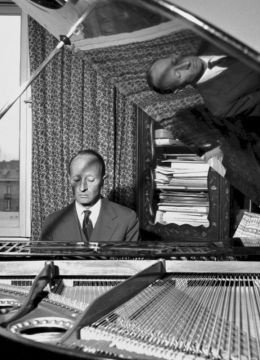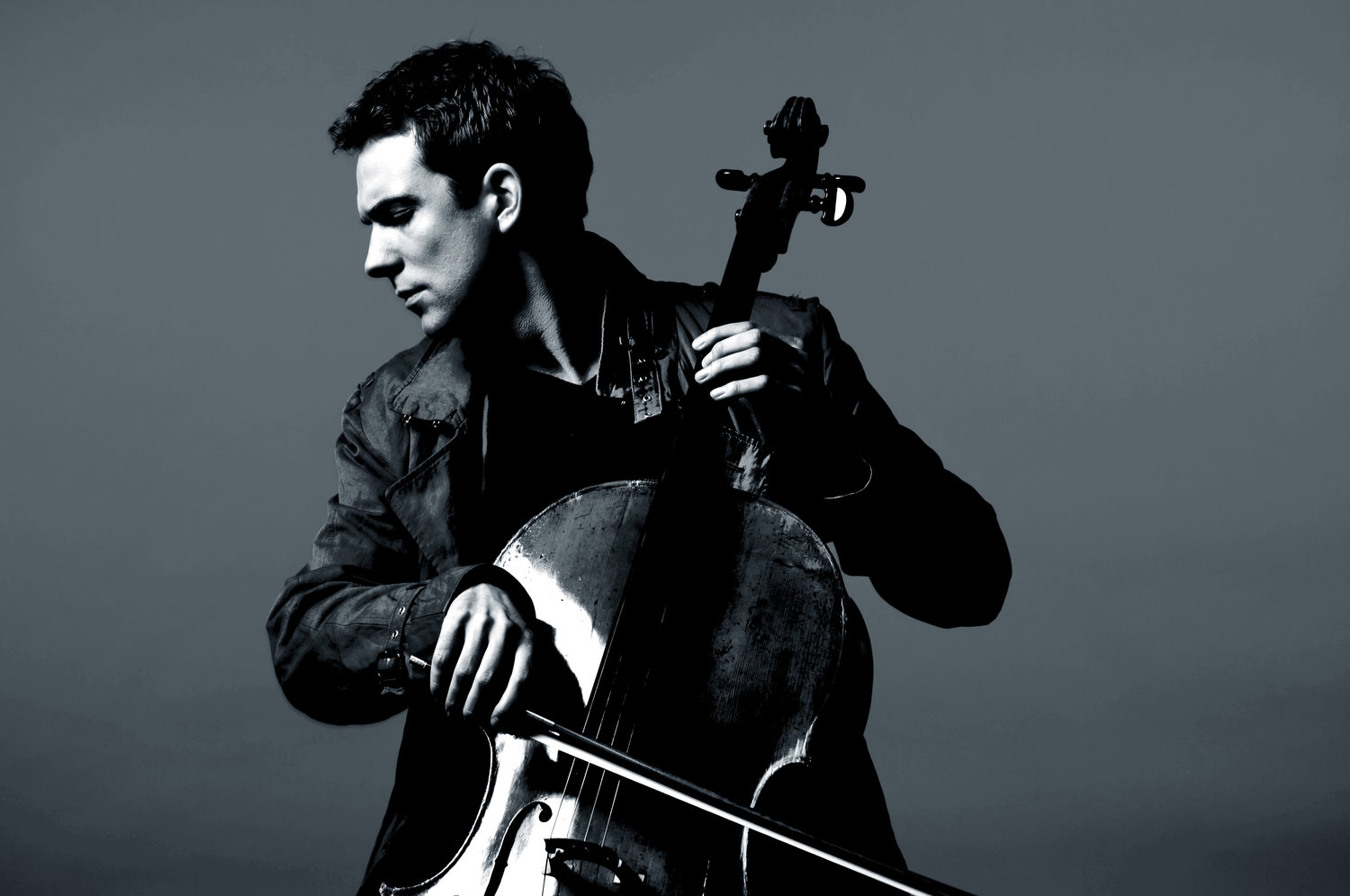Upcoming in Music City:
Nashville Repertory Theatre 23-24 Season Preview

Nashville Repertory Theatre has unveiled their 23/24 Mainstage Season: “We’re so excited about the upcoming year,” said Micah-Shane Brewer, Artistic Director of Nashville Rep. “Our theme surrounding the season is ‘Be Brave.’ All of our productions in the 39th season tell stories of brave and courageous people and celebrate resiliency, ambition, and life. With beloved classic titles and contemporary work fresh from Broadway, musicals, non-musicals, and a new adaptation of one of the world’s most popular Christmas stories, Nashville Rep is excited to offer a little something for everybody in our upcoming season!”
Nashville Rep will kick off the season with a musical production of the beloved comedy, 9 to 5. Based on the hit film, 9 to 5 follows three working women who take revenge on their sexist, lying, hypocritical, egotistical, bigoted boss. With a score by Tennessee’s own Dolly Parton, the musical celebrates female empowerment and equality in the workplace with songs “Shine Like the Sun,” “Backwoods Barbie,” and the title song “9 to 5.” 9 to 5 will be performed September 8 – 17, 2023 in TPAC’s James K. Polk Theater.
Next will be the world premiere of a brand-new adaptation of the timeless classic, A Christmas Carol, where the ghosts of Christmas Past, Present and Future lead the miserly Ebenezer Scrooge on a journey of transformation and redemption in Victorian England. A Christmas Carol will be performed December 1 – 17, 2023 in TPAC’s James K. Polk Theater. In addition, this production will be presented in partnership with TPAC’s Theatre for Young Audiences Series presenting several daytime matinees for local area schools.
 The third production will be the Nashville Premiere of Indecent, a play by Paula Vogel. Indecent is inspired by the true events surrounding the controversial 1923 Broadway debut of Sholem Asch’s God of Vengeance—a play seen by some as a seminal work of Jewish culture, and by others as an act of traitorous libel. Indecent follows the play’s cast and crew as they navigate the challenges of artistic expression and the repression of their voices It explores the impact of censorship on art and is a tribute to the resilience of artists and the power of art to transcend borders and time. Indecent will be performed February 2 – 11, 2024 in TPAC’s Andrew Johnson Theater.
The third production will be the Nashville Premiere of Indecent, a play by Paula Vogel. Indecent is inspired by the true events surrounding the controversial 1923 Broadway debut of Sholem Asch’s God of Vengeance—a play seen by some as a seminal work of Jewish culture, and by others as an act of traitorous libel. Indecent follows the play’s cast and crew as they navigate the challenges of artistic expression and the repression of their voices It explores the impact of censorship on art and is a tribute to the resilience of artists and the power of art to transcend borders and time. Indecent will be performed February 2 – 11, 2024 in TPAC’s Andrew Johnson Theater.
The fourth production will be the musical, The Color Purple, a musical that tells the story of Celie, a young woman who endures years of abuse and hardship at the hands of the men in her life. Along the way, Celie forms close bonds with other women. Through the power of sisterhood and self-discovery, Celie finds her voice and breaks free from the chains of oppression. Based on the Pulitzer Prize-winning novel by Alice Walker and the hit 1985 movie, The Color Purple has a score mixed with gospel, blues, and jazz. The Color Purple is a story of hope and a celebration of life and the human spirit. The Color Purple will be performed March 24 – April 2, 2023, in TPAC’s James K. Polk Theater.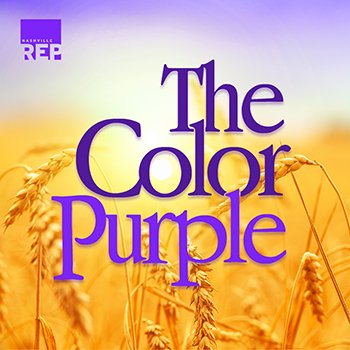
For the finale of the season, Nashville Rep will present the regional premiere of Selina Fillinger’s POTUS: Or, Behind Every Great Dumbass Are Seven Women Trying to Keep Him Alive. In this feminist farce, the President of the United States spins a PR nightmare into a global crisis, and the seven women he relies on must risk everything to keep the commander-in-chief out of trouble. POTUS is a biting satire that highlights the challenges faced by women in positions of power and the absurdity of contemporary politics. POTUS: Or, Behind Every Great Dumbass Are Seven Women Trying to Keep Him Alive will be performed May 10 – 19, 2023 in TPAC’s Andrew Johnson Theater.
Season tickets go on sale in May with single tickets available for all five shows in July. Tickets can be purchased at www.nashvillerep.org or www.tpac.org.
The MCR Interview:
an Interview with Paul Vasterling
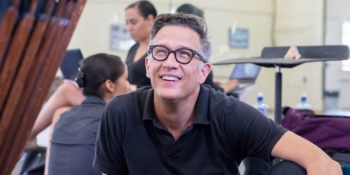
On the weekend of April 21-23 The Nashville Ballet will be holding a series of performances titled New in Nashville in honor of their departing artistic Director Paul Vasterling [PV]. Joseph Morgan [JM] had a chance to ask him a few questions on behalf of the Music City Review. Below is a slightly edited version of that emailed conversation.
JM: You’ve had a tremendous impact on the development of the art form in Nashville. At this point, how would you characterize Nashville Ballet? What separates it from other companies of its size? Please tell us you are leaving this wonderful organization in good hands!
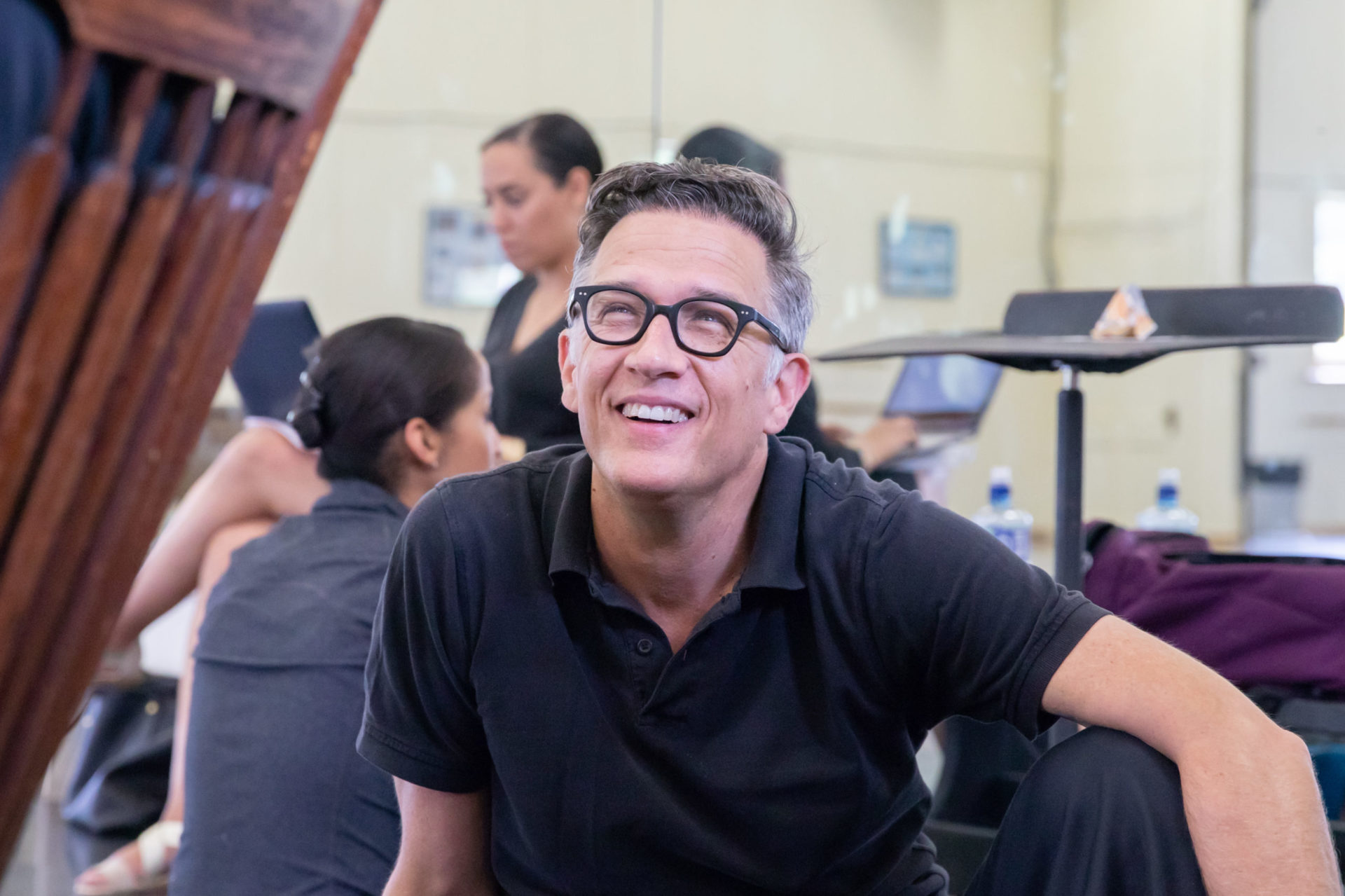
PV: Nashville Ballet is an arts organization that is doing really well. Over the last 10 years, specifically, we have reached our goals in exciting ways. We’ve grown a lot both artistically and organizationally, and we’re in a good spot for a transition. Nick has been here for 7 years and knows what we’re all about. He is excited to take what we’ve done and build upon it in a way that’s really going to take us to the next level.
JM: My first experience with Nashville Ballet was the amazing Layla & the Majnun in 2016, danced wonderfully by Kayla Rowser and Brett Sjoblom. Of course, I am quite late to the party! Which of your choreographies was your favorite and why? what do you consider to be the pinnacle of your career (so far)?
PV: I joke that my favorite ballets are always the ones I created most recently. In this case, that would be Anthology, which highlighted lesser-known stories of Nashville’s past. But other favorites include Appalachian Spring, Lucy Negro Redux, and Carmina Burana. I remember thinking to myself when Carmina Burana premiered that, if that was the last thing I ever created, I would have been proud.
The pinnacle of my career would have to be a tie. Lucy Negro Redux airing on PBS’ Great Performances (as Black Lucy and the Bard), was a huge moment for us, but also, I’ll never forget when our Ben Folds Project premiered at the Kennedy Center in 2017 and the premiere of Nashville’s Nutcracker in 2008. All of these were tremendous successes that I’ll always be proud of.
JM: Looking across your career, how would you say your approach, aesthetics and artistic ideals have changed?
PV: My approach as a choreographer has certainly changed over the years. My work has become about the people and less about me. Like many choreographers, as I’ve gotten older, I started to make work less about my own body and its inherent movement and more about the dancers in front me at any given moment. My choreography is about people, because I use the dancers and their talents as a canvas to begin creating.
I also have become very passionate about the research I put into my ballets. I love to learn and am constantly inspired by other forms of art, including music, poetry, novels, etc.
JM: Do you have any advice for the next generation of ballet dancers?
PV: Ballet at its core is a language of expression. The most important thing about what we do is to ensure we’re always sharing something that matters. Whether it be about a person, human experience, or something happening in the world around us, we can use the art to refract something truly meaningful that helps us all better understand one another. Don’t get caught up in the technique- keep your eye on the bigger picture, on the stories we want to tell.
JM: The last couple of decades haven’t necessarily been easy: in 1998, your first season as artistic director, you presented a Swan Lake that had been cancelled the previous season as a result of a tornado disaster. And in the last three years another tornado, a cataclysmic pandemic, and show cancelling water damage. The series of challenges are extraordinary, and yet throughout, you’ve managed to maintain relevance, innovate, and create tremendous growth for the organization. How have you managed to create and retain such institutional resiliency across your career?
PV: Nashville Ballet has been really lucky. Over the years, we’ve always had such wonderful support from our Board of Directors, patrons, donors, and the Nashville community as a whole. There are many individuals who, because of their passion for the artform, have allowed us to continue doing what we do.
I always focus on the mission of our work. I am constantly asking: Why are we doing this? The answer is almost always to inspire and connect people to each other and the world around them. And truly, I think that’s why we’ve been so successful. The work and how we do it may change, but the purpose remains the same. That mission is engrained in my DNA.
JM: In the future, how might ballet retain its relevance on the Nashville cultural landscape?
The problem I often see with ballet companies is that they are all doing the same things. They jump on bandwagons instead of trying to fit into their own community. This concept isn’t new for us– we’ve always, and will continue to, draw inspiration from the people and places around us. The art, the people, the music. We are incredibly lucky to be surrounded by it. If you look to that, it will allow you to create something meaningful and much bigger than yourself.
JM: You have stated that, with Appalachian Spring, Aaron Copland, Martha Graham and Isamu Noguchi were seeking more than some idealized American past, that they “…were exploring complex and nuanced relationships between the individual and the society.” For a director and choreographer who championed community engagement, and never shied from a controversial topic, the performance of this wonderful choreography is a perfect way to top off that career. And yet, it seems that now more than ever the dichotomy of the idealization of an American past and the “complex and nuanced relationships” in society remains in the forefront of Tennessee society, politics, and culture—there is clearly still work to be done. Can you talk about your philosophy for community engagement, and the role that the arts might play in moving this divided society forward?
PV: I truly believe that the reason we do what we do is to connect to each other on a deeper level as human beings. We’re inherently flawed; our most significant challenge is perhaps our tendency to focus on ourselves more than others. But deep down, we all want to be better and do better for our fellow humans, and that’s what it’s all about. We’re trying to make the world a better place by showing this connection we all have with each other.
When you think about our company, we are a collection of different individuals; each with our own story, voice, goals, and dreams. But when we come together to create something, when we have that sense of unity, it is truly a magical experience. You drop all your opinions, and in that moment, we’re just focused on the movement and the connection.
JM: 34 years! Congratulations! That is a wonderful achievement, do you have plans for retirement, have you bought a new fishing pole? Is there a secret, “bucket-list” project waiting in the wings somewhere?
My first priority is spending more time with my husband and family. I’ve spent a lot of time in the studio, and I’m excited to now get to honor my primary relationships more. I’m looking forward to traveling, mentoring dancers and choreographers, and helping them explore this art form we all love. I do have a few projects in development that can’t be shared just yet, but as I have these last three decades, I’m looking forward to celebrating them with this amazing community we call home.
The MCR Interview:
Interview with Karen Slack

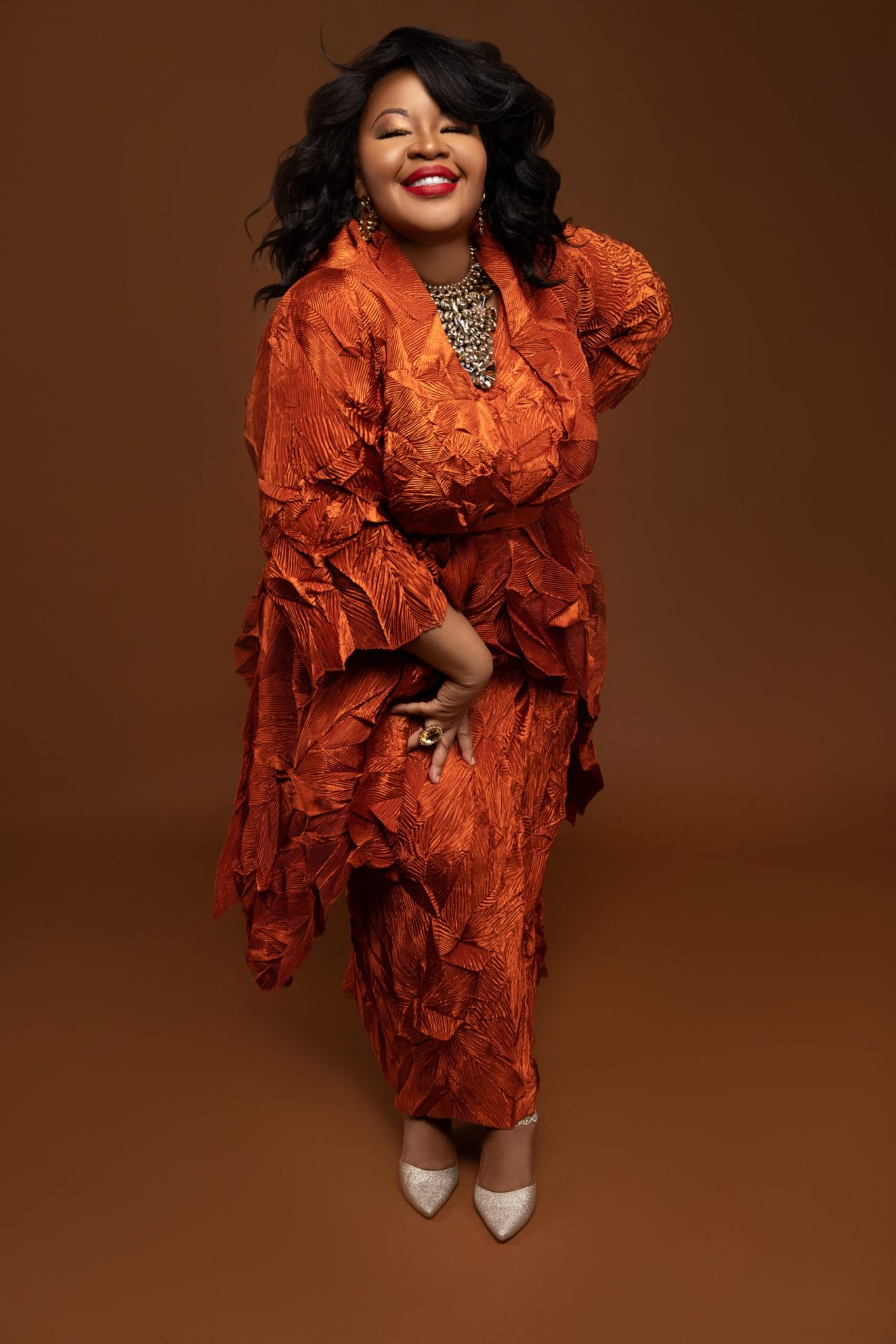 The Nashville Symphony will present a world premiere of composer Hannibal Lokumbe’s The Jonah People: A Legacy of Struggle and Triumph at Schermerhorn Symphony Center, 7 pm, April 13; 8 pm April 14–15; and 2 pm April 16.
The Nashville Symphony will present a world premiere of composer Hannibal Lokumbe’s The Jonah People: A Legacy of Struggle and Triumph at Schermerhorn Symphony Center, 7 pm, April 13; 8 pm April 14–15; and 2 pm April 16.
This work, the largest ever commissioned by the Symphony, is a metaphorical reference to Africans as Jonah in the belly of the whale, which is, in turn, a biblical reference to Jonah in the deepest hold of a ship trying to escape God’s commands. According to the Austin American-Statesmen, Lokumbe’s massive new work, which features nine soloists, over thirty actors, a full chorus and orchestra, a jazz quintet, and an African drumming and dance ensemble, will “chart slavery’s repercussions” and its legacy. “Jonah,” the composer’s largest-scale production to date, moves from fifteenth-century West Africa to the modern era; it is presented in four movements, called “veils.”
Representing Music City Review, I had the opportunity to connect with soprano Karen Slack [KS] about her featured role in this upcoming performance. Ms. Slack, a native of Philadelphia, has performed with some of the most renowned opera companies in the US, including New York’s Metropolitan Opera and the Lyric Opera of Chicago. She has also begun an international career with companies in Canada and Scotland. As a recitalist, she has performed such major works as Mendelssohn’s Elijah, Mahler’s Das Lied von der Erde, Barber’s Knoxville Summer 1915, and Schoenberg’s Gurrelieder. Following in the footsteps of her musical ancestors, Ms. Slack also features Negro spirituals as part of her programs.
This will not be her first performance in Nashville, having performed the role of Donna Anna in Mozart’s Don Giovanni with Nashville Opera in 2016. Her multifaceted career includes appearing as “Opera Diva” both onscreen and on the soundtrack for Tyler Perry’s film For Colored Girls, serving as artistic advisor for the Portland (OR) Opera, and hosting her own podcast, KikiKonversations.
The following interview, conducted via email, has been lightly edited.
Y Kendell [YK] Rather than using acts, Lokumbe divides his opera into what he calls “veils of understanding” that reveal differing stages of the African experience in America. Could you discuss your role in The Jonah People and its challenges?
KS: I have three roles in this work. Boukman’s Mother, Fatiman, and Susie. Each represents a woman who leads in her community and time period. I don’t see any challenges with performing them all in the same evening.
[NOTE: Dutty Boukman was an early leader of the 18th-century Haitian revolution; his mother was known as a literate Jamaican originally from Ghana; Cécile Fatiman, was a bi-racial priestess and also an important figure in the revolution; Susie Burgess Peterson was Lokumbe’s grandmother]
YK: You are appearing in two Lokumbe premieres in short order [May 13, 2023, the Oklahoma City Philharmonic presents the world premiere of Lokumbe’s Trials, Tears, Transcendence: The Journey of Clara Luper and the Nashville Symphony’s commission, The Jonah People]. How do the pieces and your roles in the pieces differ?
KS: The Jonah People is a theatrical presentation with a large cast of soloists, actors, and dancers. …The Clara Luper piece is a concert work for soprano, narrator, and orchestra that celebrates the life of the civil rights leader and pillar of the Oklahoma City community. The daughter of Ms. Luper acts as a narrator reading text to her mother who has passed away and I act as the [eternal] spirit of Ms. Luper. Very different works, but both have that Lokumbe sound that is incredible—uniquely Black and American, filled with jazz, highly emotional, and with beautiful harmonies.
YK: You have worked a number of premieres, yet you also perform masterpieces by a diversity of canonic composers—Mozart, Mendelssohn, Mahler, etc. and more avant-garde works by composers like Schoenberg. And you also sing a great number of American composers like Ricky Ian Gordon and Samuel Barber. What, in your opinion, is the state of the classical music canon by living American composers?
KS: It appears to be bursting on all sides. Every day I read of several orchestra, opera, and chamber music premieres, which is amazing – but we as an industry can do more to support composers, creatives, and performers. I proudly serve on the board of American Composers Orchestra because I know how important it is to support organizations whose mission is to give composers the opportunity to have their pieces come to life in live performance. As long as we allow American music to be what it is—which is a multitude of soundscapes and cultures—I believe it will continue to grow immensely.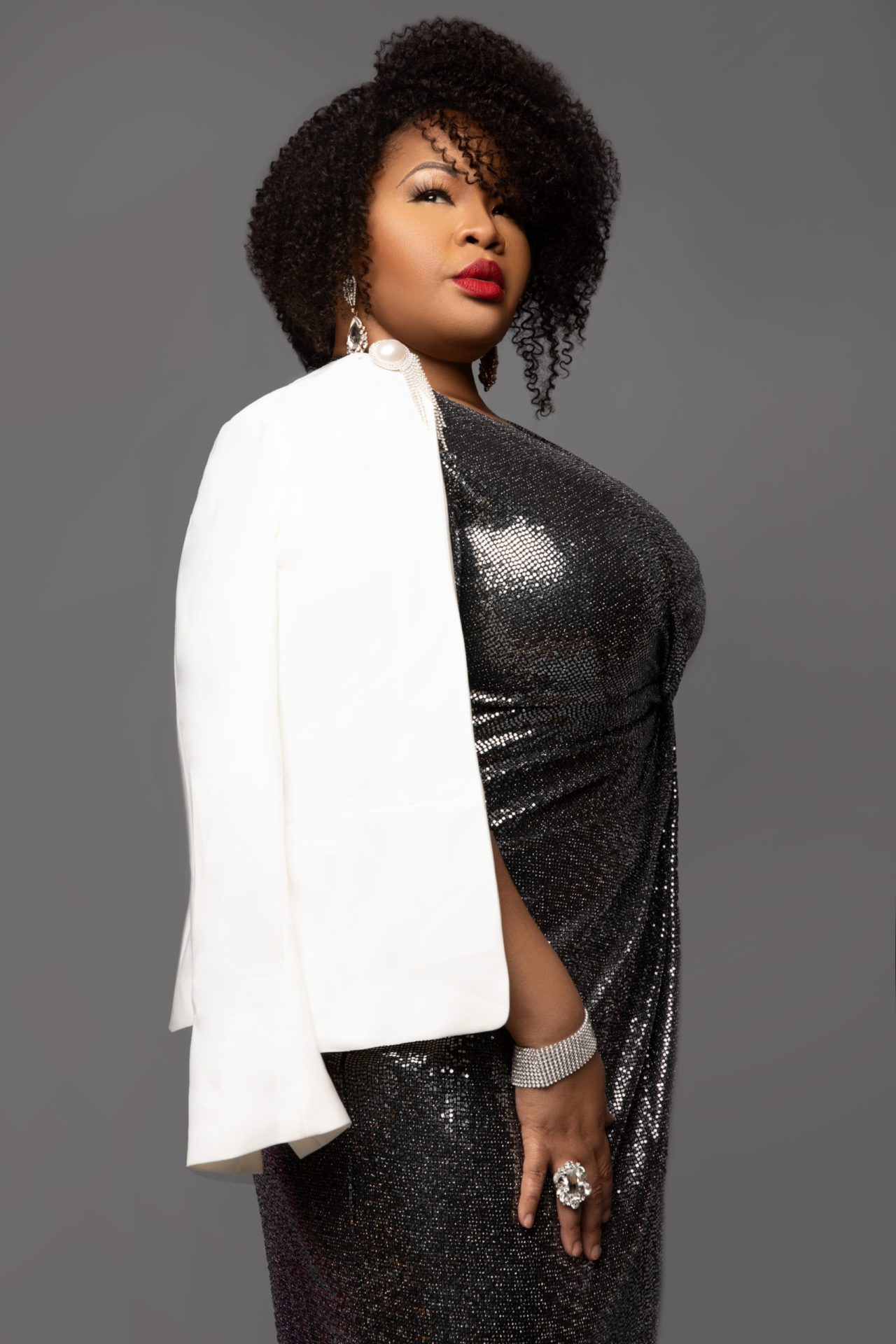
YK: Another question relating to American music, you often end your program with spirituals, following a long line of African American singers before you. What drives you to continue that tradition?
KS: Because I would not be who I am without my ancestors. It is my way to honor them for their sacrifice and celebrate the gift that they have given me, which is life. It is American music, I am an American, and it belongs everywhere from the church house to the concert halls. Plus they are magical to sing!!
YK: With respect to a national career, what advice do you have for aspiring musicians about performing in this medium
KS: Remember you are in service to this art form AND your audience. Lean into creating not only your own opportunities but your own art. In these post-pandemic times, it is becoming incredibly difficult to financially start and maintain a career in the way we’ve all been told it happens. So if you have the desire to create—and artists with whom you can collaborate and generate projects for yourself—DO IT! We don’t encourage that enough in classical music because many of us spend so much time alone striving for a soloist career.
YK: One thing that seems different about you is that in addition to a hectic performing scheduling of challenging pieces to learn and perform, you are actively involved in non-musical parts of your career, serving on boards; as Artistic Advisor for Portland Opera, performing with jazz trumpeter Terence Blanchard’s E Collective and Turtle Island Quartet. and, unusually, a podcast, KikiKonversations, where you often branch beyond the art and into the weeds of career development by talking to managers, music critics, and editors. How do you keep all those plates spinning in the air? And what do you value most about these off-stage activities?
KS: I am still trying to figure that out!! In this post-pandemic world, I’ve learned to say NO to things that don’t support my personal mission and goals. Saying yes to everything and everybody was weighing me down both mentally and emotionally. That’s partly because I get bored very easily if I am only able to focus on one thing at a time—but more importantly, it’s out of the desire to be more than JUST my voice. I constantly think about what I want my life to look like post-performing on stage, so I plant many seeds in my garden, nurturing and watering them, eager to see which ones blossom. That’s the way I like to view it. Being a podcaster, advocate, advisor, mentor, and board member; performing opera, chamber music, and recitals; and premiering new works by jazz legends like Terence Blanchard and Hannibal Lokumbe (both of whom have embraced and supported me greatly) are all in the same garden!
YK: The composer intends that this groundbreaking performance, including the roles played by the artist he affectionately calls “Sister Karen,” will lead the audience to “come as you are, leave transformed.”
The commission was supported by the Nashville Symphony in collaboration with: NEA, Ingram Charities, RH Boyd, Nissan, Advance Financial, Belmont University, Vanderbilt Medical Center, Naxos, Pinnacle Financial, Brown Brothers Harriman, and Earl Swenson Associates.
From the Gateway Chamber Orchestra
Hispanic Lent with La Pasión Según San Marcos
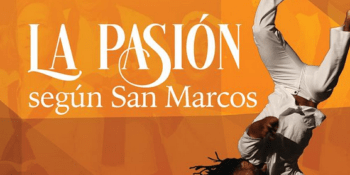
A dust cloud arises above the ground gradually revealing an uncertain phenomenon. The more it becomes visible, the stronger is the instinct that something startling is about to happen. Is it an announcement? Will it be for an instant or will it last forever?
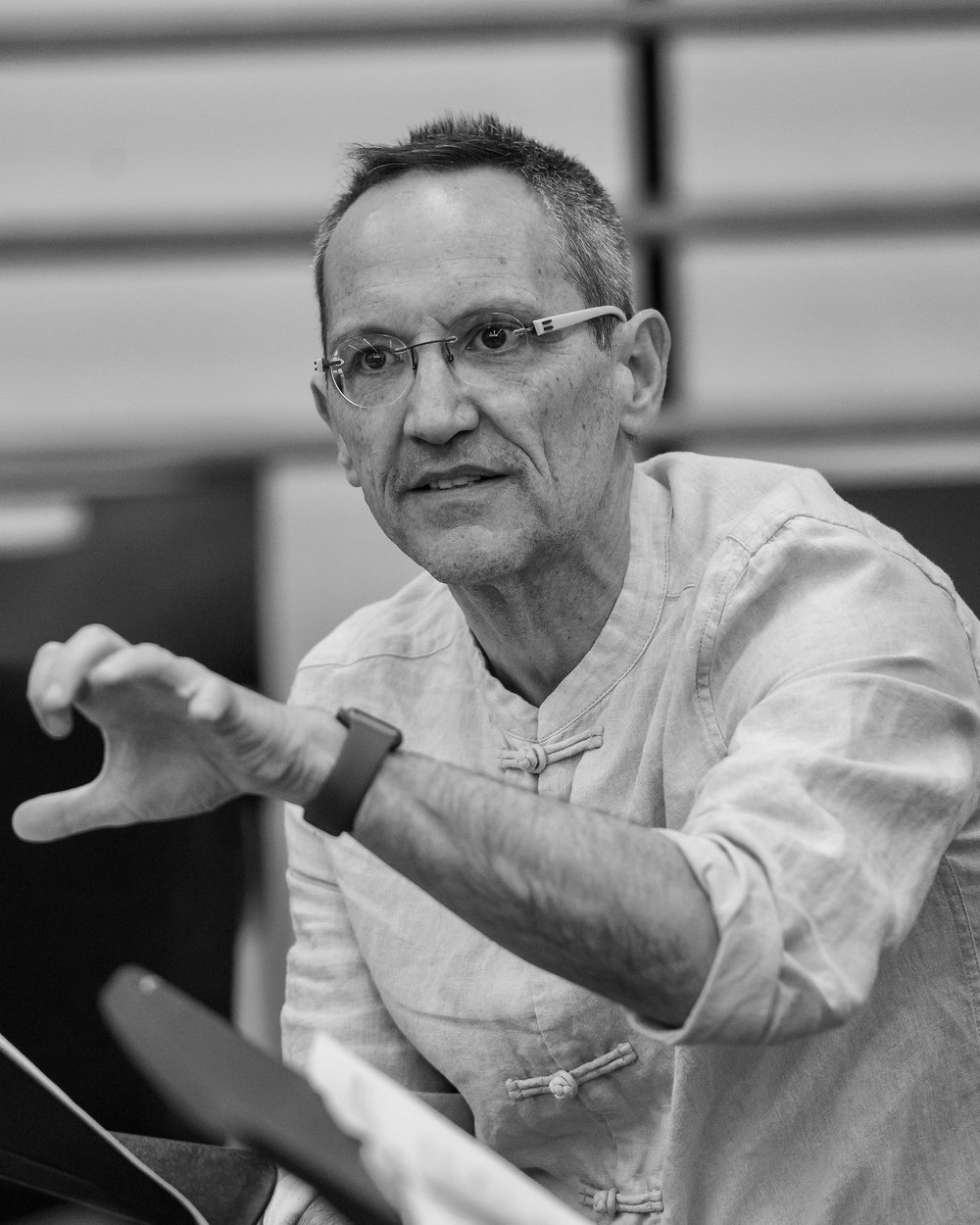
The unusual orchestration of La Pasión Según San Marcos, a superb work by the Argentinian maestro Osvaldo Golijov, hints of an expectation of a revelation. A light sheet unfolds into two fixed notes that alternate between the strings, while the berimbau and the bombo direct a prolonged crescendo that allows us to see the brass shine. Finally the melody of the trumpets takes off in a statement that echoes amidst the stirring of the shaker seeds.
At the moment when Jesus ascends from the water in the baptismal rite, God manifests himself through the Holy Spirit: “This is my beloved Son, in whom I am well pleased”. This event confirms the mission of the Atonement for mankind, and it is also the verse that Golijov chose to begin his dynamic narrative of La Pasión.
The setting of the composition and the performance of this musical work, makes visible the different migrant realities in the world. Jesus who had to flee to Egypt to avoid being assassinated, the African community that settled in America at the time of slavery, and the composer, a descendant of a Jewish family that took refuge in Argentina because of war. The masterful performance that the Gateway Orchestra gave on March 18 and 19 under the conducting of Gregory Wolynec at the Austin Peay State University’s Mabry Concert Hall (Clarksville) included an extraordinary guest cast from different nationalities. The scenography sound of the Atlantic rhythms, was recreated by the artists Reynaldo González Fernández (Cuba), Mikael Ringquist (Sweden) and Marcus Santos (Brazil). This trio has served as the axis in the staging of La Pasión with different orchestras around the world. Ringquist, who specialized in the batá drums of Yoruba culture, collaborated in the creation of the percussion lines on Golijov’s own composition. Continuing the multiculturalism of the event, the Spanish-speaking spectators were reacquainted with their native sounds while they were holding a concert program in Spanish.
The expression of Jeremiah lamenting the destruction of Jerusalem in the artistic work of the painter Rembrandt, was the inspiration that Golijov needed to take on the musical setting of a biblical text. Both artists share the reality of materializing religious passages alien to their own beliefs. However, in the suffering of Jesus, Golijov saw the pain, the anguish, and also the resistance of the Latin American people due to the lurid political persecution of their governments. This is why the libretto is mostly written in colloquial language and the dialogues move from speaker to speaker in each movement. In Agonía, an Aria of Jesus, the conversation with God and with his disciples is performed by an alto and the female voices of the choir, in a heartfelt lullaby supported by the lament of an accordion. Displaying a color of a bandoneon, together with the suggestive darkness of the low strings, The Garden of Getsemaní gives off an aroma of tango. For Golijov, the strongest representation of Jesus in Latin America is embodied in women. Their peaceful and consistent protest brings the composer’s memory to the images of the Plaza de Mayo, a place in which the clamor of the mothers for the disappeared was gathered in Argentina.
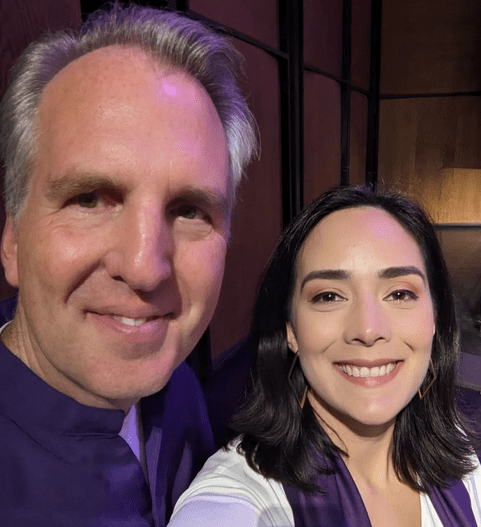
Another of the great attractions in the composition was the different musical genre selection that gave life to each of La Pasión episodes. The voices in the choir are technically adapted to each style, making it possible to recognize the timbre colors of the different races. In Primer Anuncio, the “cantadoras” congregate. These are women who in the Caribbean and Pacific coasts announce events and tell stories. The incrimination in Judas, finds the perfect ground in the Cuban song that is characterized by exclaiming openly and sparing no details. Judas responds with an internal reflection in the dramatic language of flamenco, a genre that singles out first-person narration. In this range of tunes, the mezzo-soprano Luisana Rivas (Venezuela) exploited her versatility in lyrical and art-song performing, and the soprano Penelope Shumate (USA), recognized for her clear and brilliant sound, brought the oratorio back to the Old World.
With an ensemble dressed entirely in white and adorned with a purple sash -the tonality of the typical costumes of the littoral and the representation of pain and penance in the Christian liturgy, respectively – dance and art drama also converge in La Pasión. Choir members converse with each other and congregate to emphasize a message. The dancer Paciência, alternating between the berimbau and the martial arts, combined the gestures of capoeira with the acted script of the work.
La Pasión contains an immeasurable symbolism; interrelates roots, religions and times. However, in the words of the composer, the orchestration would not have nuances, the contrast between the rhythm and the chant would be succinct, and it should be structured in the form of a Cross.
At the Andrew Johnson Theater in TPAC:
The Curious Incident of the Dog in the Night-Time
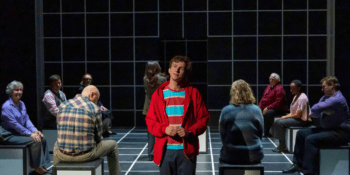
I was excited to see this play. I read Mark Haddon’s book, The Curious Incident of the Dog in the Night-Time in high school, and really enjoyed it. It is funny, kind, and optimistic, despite the protagonist’s difficult life. Christopher is a 15 year old who has
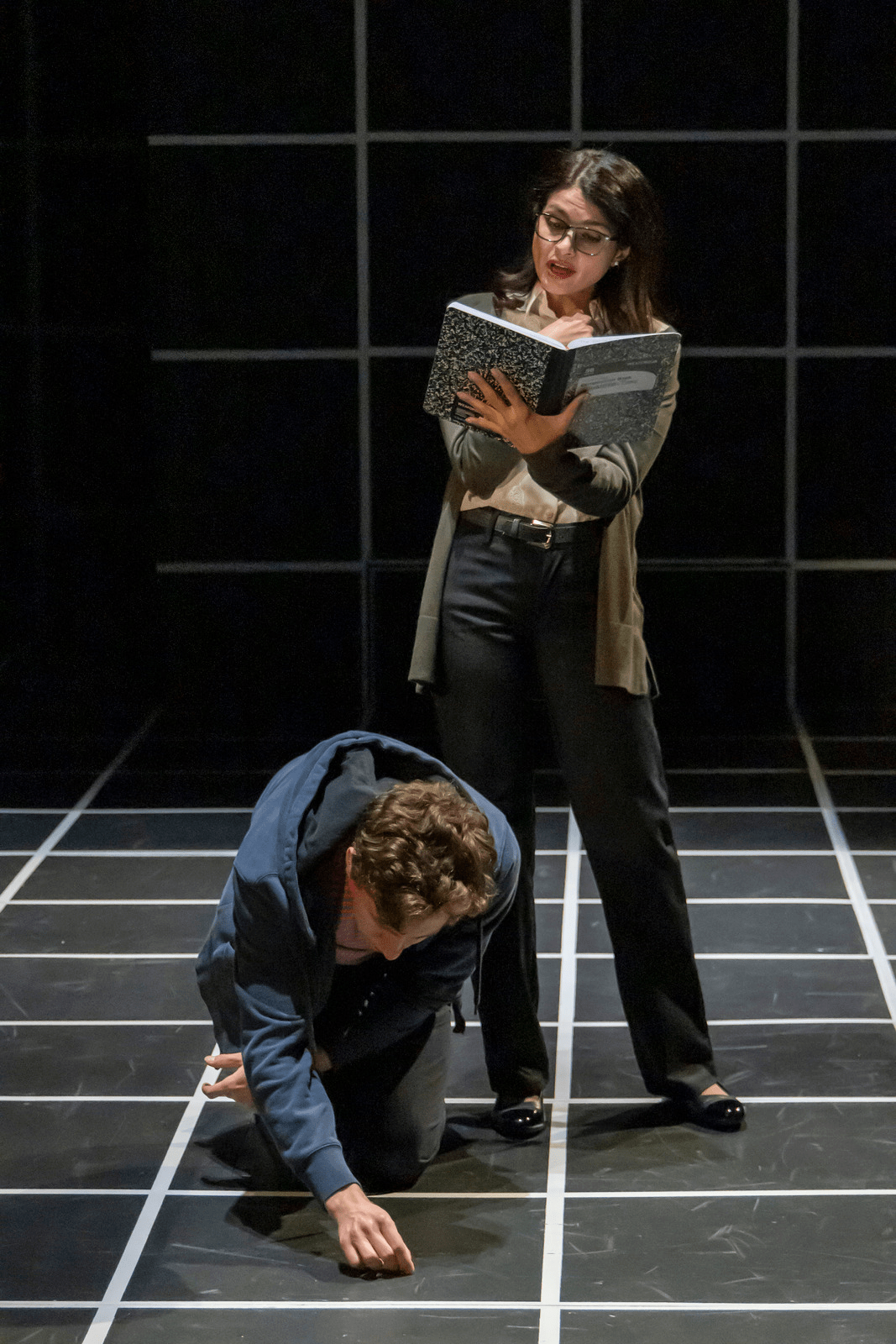
some sort of Autism Spectrum Disorder (ASD), although neither the book or the play get specific about it. To quote the
director, Micah-Shane Brewer, “…This is not a play about ASD. This is a play about Christopher.” And Christopher is a delightful character. The book is written from his perspective, as a project and part of his mission to discover who killed his neighbor’s dog. This endeavor digs up more pain and joy than anyone expects. As an outsider to “normal” people’s behavior, his observations are hilarious. It’s a rare combination of being relatable while making us laugh at ourselves. We all relate to what it feels like to be an outsider, and it is fun to laugh at ourselves and the “normal” things we do that we don’t really think about. I was curious– how could this delightful viewpoint transfer to a play?
The adaptation, done by Simon Stephens, does it quite well. Christopher’s teacher, Siobhan, played by Sejal Mehta, reads sections of his book aloud, sometimes as simple narration, sometimes in scenes while they interact, allowing for her comments and questions. This way we can get Christopher’s funny observations and explanations without him having to give excessive asides or otherwise slow scenes down. The play is excellently paced. The only moments I disliked in the adaptation were a few brief meta-references to the play itself. I think they were in the spirit of the book, but meta-references in a book, when the main character is supposedly the author, retain an authentic feeling that a play cannot emulate in the same way.
I saw the play opening night in TPAC’s Andrew Johnson Theater, which I hadn’t realized existed before because it’s in the basement. It’s a black box theater, and despite the ominous low-ceilinged entrance, it is quite a good theater. The seats are comfortable, the view is good, and the air-conditioning actually works. The set is a floor and backdrop of black with a grid taped over it, like graph paper. There are no additional backdrops or sets. A projector is used, shining on the back wall. It is used well, to assist with images as used in the book, or in showcasing the crazy ads and confusion of English train stations. It avoids overuse or dependence. Besides a few small, carried items, the only props are square boxes that are moved around the set to become chairs or train platforms or whatever else is needed. Any potential confusion that could take place between rapid scene changes is avoided through adept and smooth lighting, designed by Darren Levin.

Ben Friesen, who played Christopher Boone, does a marvelous job. He is likable and brings out the charm and innocence of his character. He shows social awkwardness and other behavior associated with the autism spectrum with respect and humor. Since the entire story is focused on Christopher, the person cast in that role makes or breaks the play. Ben Friesen makes the play. [photo of Ben Friesen, Nat McIntyre, Lauren Berst, 2.png]
Nat McIntyre and Lauren Berst play Christopher’s mother and father, and successfully and empathetically show their characters’ flaws and strengths. Their roles involve a lot of conflict and confusion over how to care for their child, and their portrayal provokes thought.
Many members of the cast play multiple roles, but the skilled costuming and acting avoids any confusion. Everyone has comedic timing and moves swiftly and cleanly through busy choreographed scenes in simulation of train stations and frantic rushes.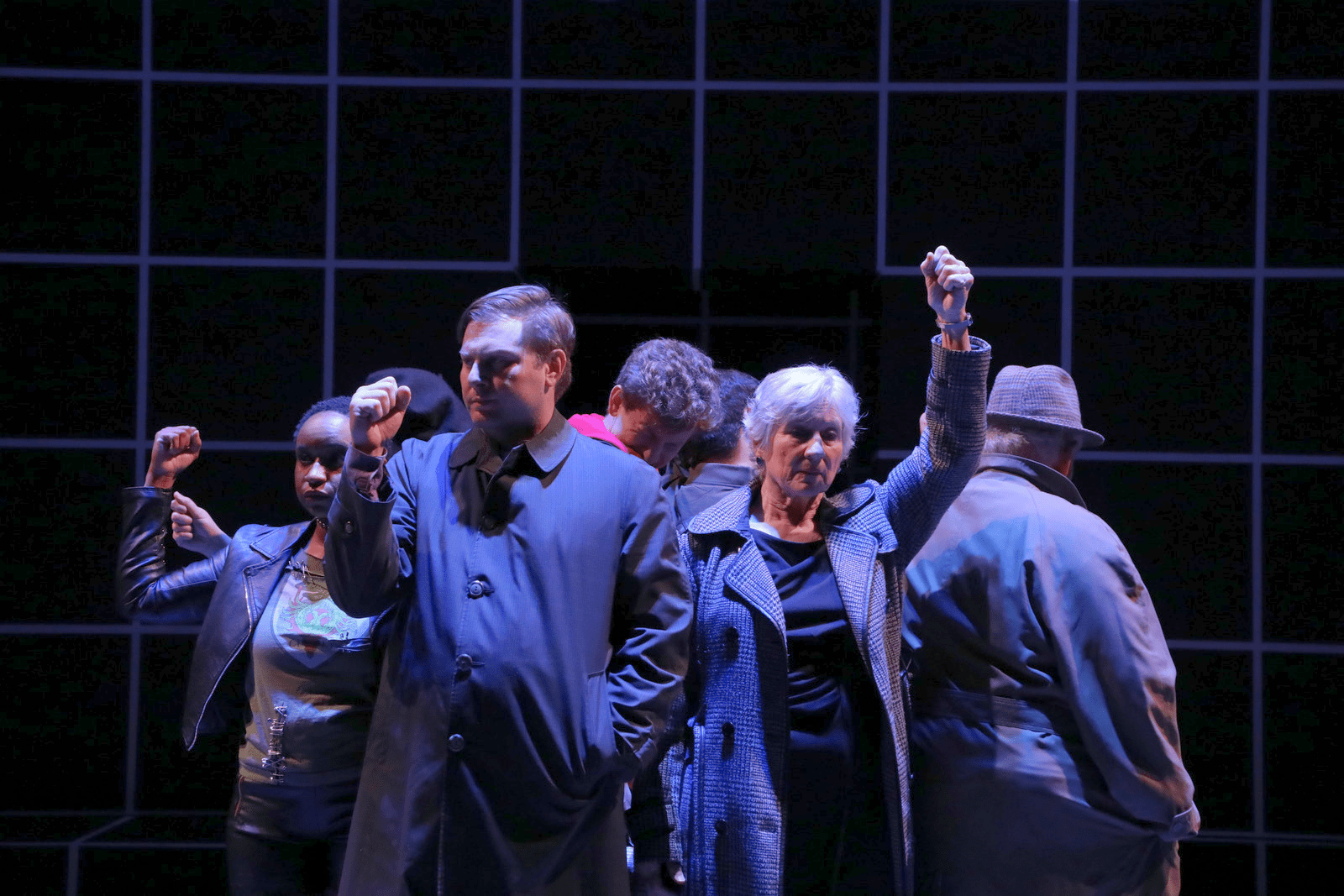
The play is set in England, and Katie Cunningham as Dialect Coach made sure everyone’s accents sounded plausible and consistent, saving the play from any potential cockney enthusiast.
The Fight Choreographer is Eric D. Pasto-Crosby. The few moments of physical conflict are tense and feel real.
The audience laughed at every joke and grew quiet and tense at all the right moments. A lot of the humor is in the dialogue and narration, but there are excellent moments of social awkwardness or, in one particular moment, childish humor, when a rat dressed in a space suit bobs around the stage. All the conversations I heard during intermission were of cheerful enjoyment. After the play ended, we had to make our crowded way out of the theater, through the small lobby, to wait at the elevators in a low-ceilinged area, and then cram in like sardines. I did not enjoy this uncomfortable departure and I thought it was rather funny that, after watching Christopher Boone struggle in crowds, we now had to as well.
You should see this play. It’s of that rare type of fiction which you enjoy with ease, allowed to laugh at normalcy without cynicism, and which makes you resolve to be a better, more empathetic person. I tried to choose my favorite part about this play and performance, but I couldn’t. Every part of it went so well together, each actor in their role, every bit of choreography, the timing of the lighting and projector and sound effects, the way they drew the audience in so successfully. The Nashville Repertory Theatre chose an excellent play and performed it with heart.
The Nashville Repertory Theatre is performing the Curious Incident of the Dog in the Night-Time at TPAC, March 24-April 2. For tickets and more information about the show, click here: https://nashvillerep.org/curiousincident
Coming to the Nashville Repertory Theatre
Curious Incident of the Dog in the Night-Time Preview

“I first saw The Curious Incident of the Dog in the Night-Time in a large theatre in its original Broadway run in 2015,” says Executive Director Drew Ogle. “I immediately thought it was great, but wouldn’t it be amazing in a more intimate space, where the audience can experience the journey right alongside Christopher? I’m thrilled that Nashville Rep’s production is going to do just that. Even audiences familiar with the show will have a new, unique experience.”
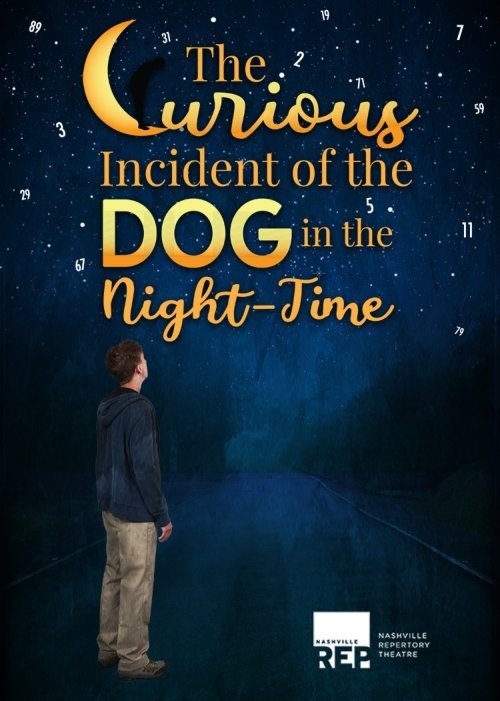
The Curious Incident of the Dog in the Night-Time is adapted by Simon Stephens from Mark Haddon’s bestselling novel. The story follows Christopher, a neurodivergent teen on a quest to solve the mystery of a neighbor’s dog’s death while navigating his complex relationships with his family and community. His unique perspective on the world creates challenges that he must overcome in order to uncover the truth, and in doing so, he discovers more about himself and the world around him.
“At the heart of the play is a story about understanding others and overcoming fears,” says Micah-Shane Brewer, Nashville Repertory Theatre’s new Artistic Director. “The character of Christopher sees the world in a different and special way, unlike anyone else around him.”
Nashville Repertory Theatre is performing The Curious Incident of the Dog in the Night-Time Friday March 24 through Sunday April 2 at TPAC’s Andrew Johnson Theater. For ticket and showtime information, visit www.nashvillerep.org.

